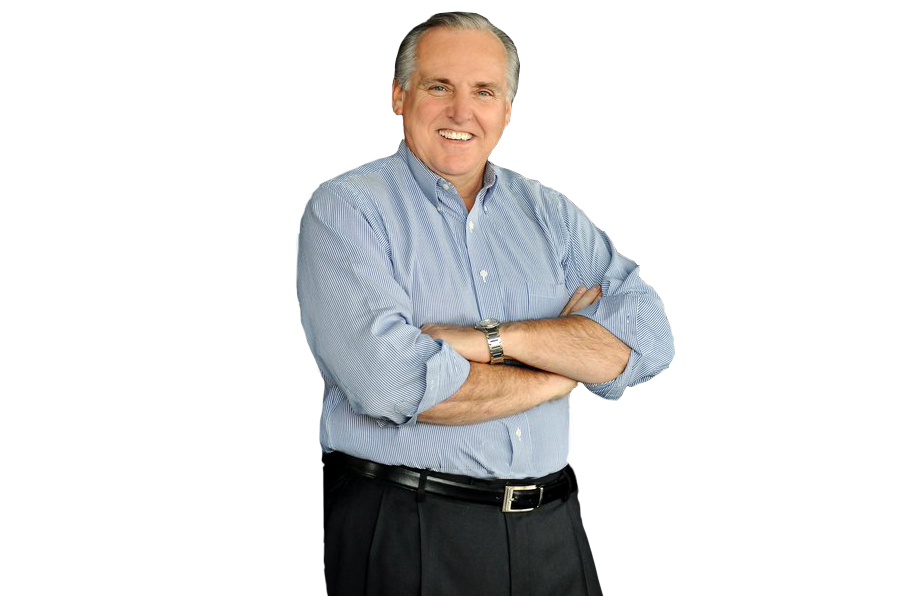As dealerships grow, the natural tendency is to consider expanding into other markets by adding a second location. This might seem like a good way to capture more markets while keeping the competitors at bay. However, starting a second location can potentially be a death sentence if not done correctly.
My goal when working with dealers is to help them remove emotion from their thought process and give them a healthy dose of logic.
Often, dealers begin thinking about a second location because a manufacturer wants to close a hole in their territory to improve market share. Remember, everyone who has never actually ran a dealership believes it is simple to do so. We both know that making a dealership work and be profitable is far from simple. It is much more than finding a location, putting equipment on the lot and hiring some young kids to help you get started.
If you are still convinced a second location is in your future, where do you start? I think the answer has less to do with the location and more to do with how refined your processes are and who is going to be on the ground making it work. Poor processes and weak leadership will, in most cases, create a huge cash bleed, followed by a failed second location and weakened first location.
My question to a dealer is always this, “Could you walk away from your dealership at peak season for 30 days and not worry if everything is going to run correctly?” If you can answer “yes,” you are in a good position to move forward. If the answer is “no,” I would encourage you to wait, work on improving your first location, and then consider moving forward.
Many owners today can make their first location work with bad processes because they are heavily involved with all the major decisions taking place daily in the dealership. Keep in mind, if you are needed to keep your first location going, regardless of who you put in charge of your second location, you are going to be pulled between both locations and neither will be successful.
Create a High Performance Dealership with Bob Clements is brought to you by Yanmar.
Yanmar — Don’t settle for less when you can have more. For example, Yanmar makes all its compact tractors’ major drivetrain components – the Yanmar engine, transmission, and axles — in-house. Because they’re made to work perfectly together, you and your customers get a hardworking machine with more usable horsepower, less power loss, and a smoother, more comfortable ride. Yanmar’s tractors are designed to work as hard as you do for a lifetime. Strengthen your dealership with Yanmar today: AgMarketing@yanmar.com or call 770-877-9894.
Leading the Second Location
Let’s assume that your processes are working well and you have a strong team at your first location. I encourage you to take the lead on the second location and let your existing management team continue to run the first. Maybe you’re thinking, “Why not find a manager for my second location or move someone from my current location to run the new dealership?” In all my years of experience, if the owner has dedicated their next 3 years to the second location, to run it every day, I have never seen their second location fail.
However, I have seen countless second locations fail because they hired someone else to run the new dealership. Although your first location may be running like a well-oiled machine, a lot of decisions will need to be made at the second location, decisions that are best made by the owner. When you get to the third or fourth location, it doesn’t seem to be a problem, but the second location has a lot of the same needs that the primary location had in the beginning.
The final part of considering a second location involves extending your credit line, your floor plan availability, and your cashflow needs for that important first year. Let’s start with your credit line and the conversations you’ll need to have with your banker friend. For most dealerships, there is no one more important than your banker during the first few years of that second location. Their understanding of your business and your market is crucial.
Before considering any expansion, take your banker to lunch and explain your business, each profit center and your market. That time spent will go a long way toward making them comfortable when you consider that second location.
Then, have conversations with your floorplan companies letting them know that you are considering expansion. Finally, do an in-depth, honest cashflow analysis, assuming the worst case scenario, to see if you can cashflow the second location without pulling cash from the primary business.
I am not trying to dissuade you from moving forward with a second location. They can work (and work well, if properly done), but I do want you to be a realist, not an optimist, and make sure that you are adding a second location because the facts support it and not because your ego needs it.






Post a comment
Report Abusive Comment